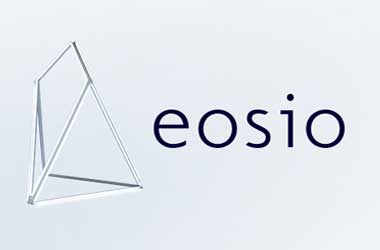
While the initial two months that followed the launch of EOS mainnet has not gone well for EOS, both in terms of management and price of its token, things are slowly falling in place for the high speed network.
The inherent advantages of the network have started attracting projects which are deployed or planned to be deployed on the Ethereum network. The latest one to join is Medipedia, a health care service provider that aims to avoid intermediates in the health tourism industry using blockchain technology.
The decentralized healthcare app of Medipedia will provide a P2P matching and consultation services. Furthermore, Medipedia Token (MEP) owners will be able to obtain unhindered world class, low-cost health services. Notably, the Medipedia team has decided to migrate its MEP token (ERC20 standard) from the Ethereum blockchain to EOS.
One of the main concerns of Medipedia is that the Ethereum network suffers from scalability and transaction speed issues. Medipedia believes that this will result in a problem as its network grows over time. The healthcare service provider has acknowledged the processing ability of Ethereum network. However, the management is concerned that it might fall short while delivering real-time world standard health services due to scalability and transaction speed issues currently faced by Ethereum network.
Considering the above requirements, Medipedia has decided to migrate to EOS.
In a medium post, Medipedia has listed out the advantages of EOS over Ethereum blockchain
Transaction speed
The total number of transactions that can be executed per second in Ethereum is approximately 10. Medipedia considers this as extremely small for providing real-time solutions using DApps in healthcare sector. Medipedia believes that Ethereum’s proof of work or Casper protocol for validating the transaction is the main reason for the issues related to transaction speed.
On the contrary, EOS employs delegated proof-of-stake for validation and block creation. This enables Dapps on the EOS Blockchain Network to instantly process millions of transactions.
Zero cost transactions
Ethereum Blockchain users have to pay a small amount of Ether as transaction fee for using the network. On the other hand, all transactions on the EOS Blockchain network are free.
Scalability
The DAO attack froze the network, resulting in a division of the Ethereum Community. In case of EOS, if there are issues with a DApp than it can be immediately frozen by the block creators until the problem is resolved. Other dApps parts of the EOS network will not be affected at all.
For the reasons mentioned above, Medipedia found it advantageous to migrate to the EOS network. The healthcare service company hopes to offer an efficient service to both token owners and platform users upon shifting to the EOS network. In addition, features like Parallel Processing and Governance will provide MEP Token the transparency, scalability and security needed for a healthcare dApp.